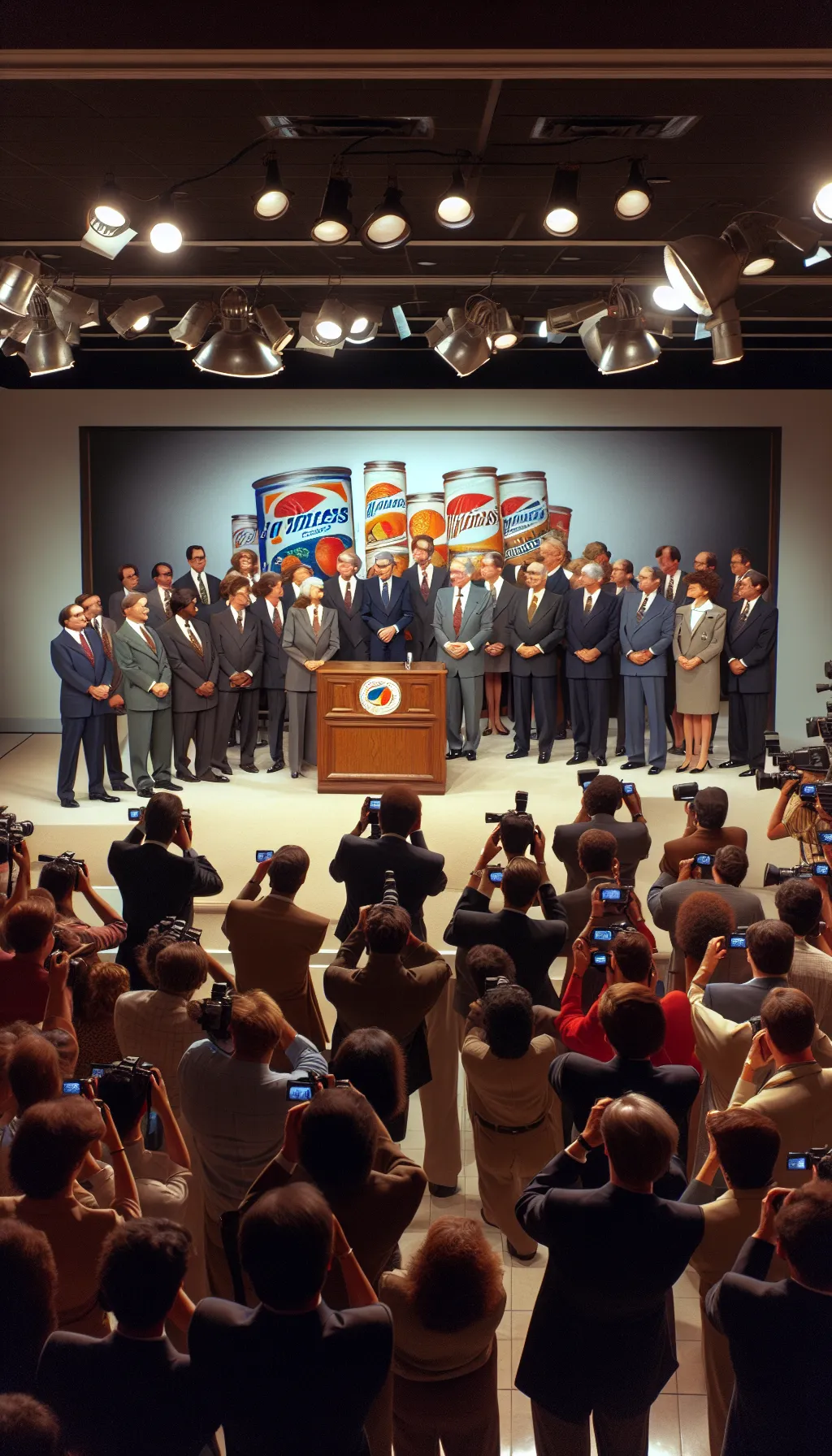America – The Day Coca-Cola Changed Forever – April 23, 1985
TLDR;
- Event: On April 23, 1985, Coca-Cola announced ‘New Coke,’ a reformulated version of its classic soft drink, aiming to compete with Pepsi.
- Backlash: The change sparked a massive consumer rebellion, with loyal customers expressing outrage over the alteration of the original formula.
- Reversal: Due to overwhelming demand, Coca-Cola reintroduced the original formula as ‘Coca-Cola Classic’ on July 11, 1985, just three months after New Coke’s launch.
- Legacy: The New Coke episode is now a famous marketing case study, highlighting the importance of brand loyalty and consumer attachment.
–
Story
The air was electric with anticipation as Coca-Cola, the iconic American brand, prepared to unveil its boldest move yet. On April 23, 1985, the world watched as the Coca-Cola Company announced ‘New Coke,’ a reformulation of its beloved soft drink, with the product hitting shelves in May. It was a decision that would soon send shockwaves through the beverage industry and ignite a consumer rebellion.

For nearly a century, Coca-Cola had been a staple in American households, a symbol of refreshment and tradition. But by the 1980s, the company faced fierce competition from Pepsi, which had been influencing Coca-Cola’s decision-making for years with its ‘Pepsi Challenge’ taste tests. In a daring attempt to reclaim market dominance, Coca-Cola’s executives decided to change the formula of their flagship product, backed by extensive market research involving 200,000 taste tests that favored the new formula.
The launch of New Coke was met with initial curiosity, but that quickly turned to outrage. Loyal customers felt betrayed, their cherished drink altered beyond recognition. The backlash was swift and intense, with thousands of calls and letters flooding Coca-Cola’s headquarters, demanding the return of the original formula. Despite the outrage, some bottlers still had stock of the original formula, which was never fully discontinued.
The turning point came when Coca-Cola realized the depth of consumer attachment to the original taste. Less than three months after the announcement of New Coke, the company announced the return of the original formula, rebranded as ‘Coca-Cola Classic’ on July 11, 1985. The decision was met with widespread relief and joy, and sales soared as the familiar taste returned to shelves.
The New Coke debacle became a legendary case study in marketing and consumer behavior, illustrating the power of brand loyalty and the risks of tampering with a beloved product. It was a lesson Coca-Cola would never forget, and one that continues to resonate in the business world today.
–
| Would a different marketing strategy have changed the fate of New Coke? |